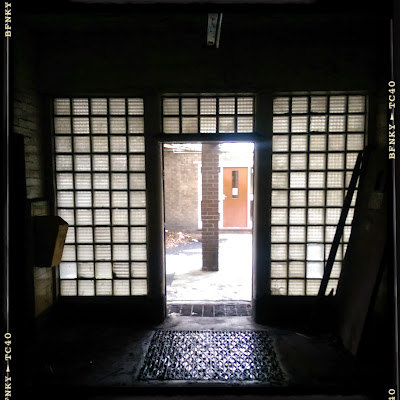History
The hospital was declared open on the 21st of August, 1872 and has had several names over the years including the South Yorkshire Asylum, the West Riding Asylum, Wadsley and the Wadsley Mental Hospital. It was originally one of four hospitals that made up the West Riding General Asylums Committee. At its peak it was the designated mental health accommodation in South Yorkshire, with 2,000 beds.
The hospital finally closed its doors in 1996 and is now a private housing development called Wadsley Park Village. There were several Grade II listed buildings that avoided demolition including the Kingswood Ward, now converted in to 85 apartments and known as Kingswood Hall, the administration and clock tower building, now converted in to 38 apartments and known as Middlewood Lodge, the Porters Lodge which now forms part of a children's nursery and the church.
The church held its last service on 6th of November, 1996 to mark the closure of the hospital. In March 2012 plans were submitted by architectural design consultancy Coda Studios that may see the imposing Victorian church converted into a mixture of town houses and apartments. The scheme which needs approval from Sheffield City Council also contains proposals for a selection of partially underground eco-friendly bungalows beneath the building.
The hospital finally closed its doors in 1996 and is now a private housing development called Wadsley Park Village. There were several Grade II listed buildings that avoided demolition including the Kingswood Ward, now converted in to 85 apartments and known as Kingswood Hall, the administration and clock tower building, now converted in to 38 apartments and known as Middlewood Lodge, the Porters Lodge which now forms part of a children's nursery and the church.
The church held its last service on 6th of November, 1996 to mark the closure of the hospital. In March 2012 plans were submitted by architectural design consultancy Coda Studios that may see the imposing Victorian church converted into a mixture of town houses and apartments. The scheme which needs approval from Sheffield City Council also contains proposals for a selection of partially underground eco-friendly bungalows beneath the building.
Source:
http://en.wikipedia.org/wiki/Middlewood_Hospital
All photographs are available as prints or canvas with or without the border. Message for sizes/ prices.
Esoteric Eric


















































